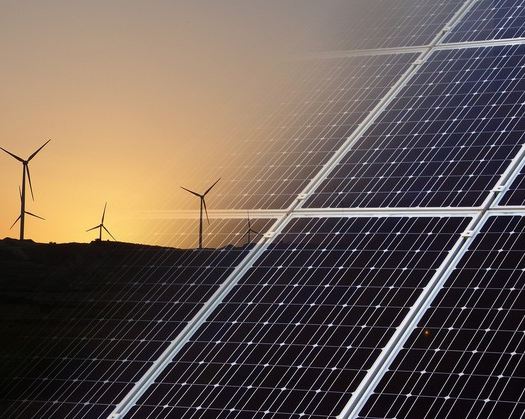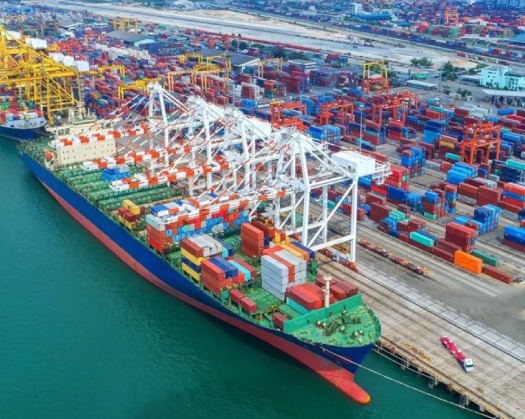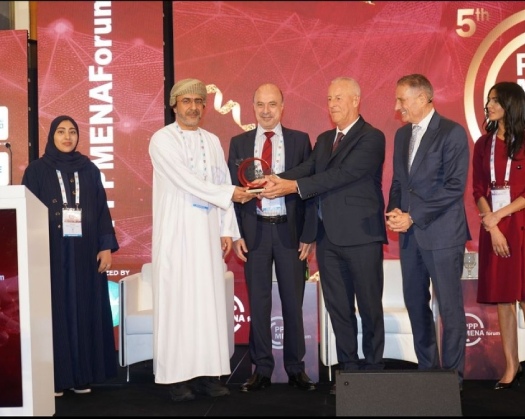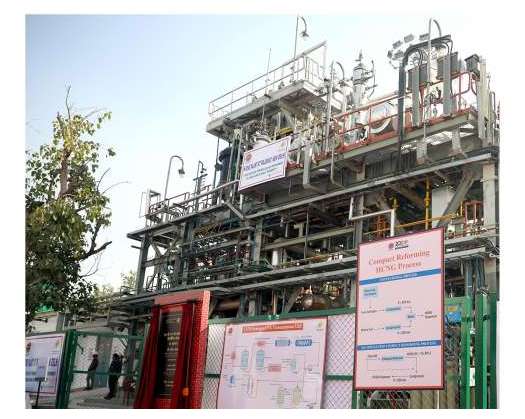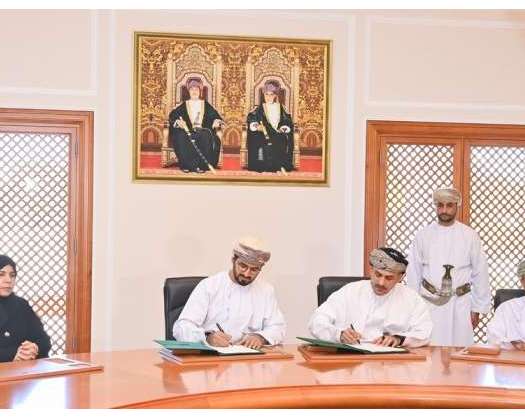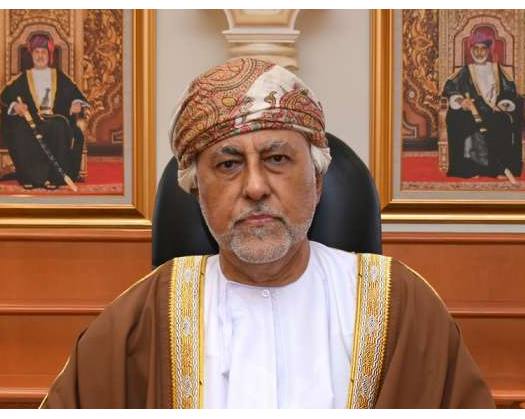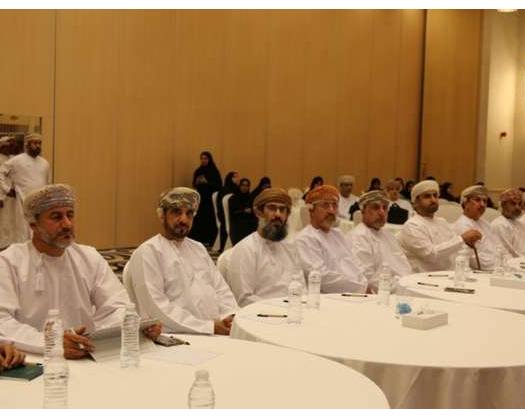New Delhi: India is progressing steadily towards achieving its ambitious target of allocating 50 GW of annual renewable capacity towards the goal of attaining 500 GW of non-fossil fuel-based installed capacity by the year 2030, as per insights provided by S&P Global Commodity Insights.
By June, the cumulative renewable capacity in India had reached 148 GW, bolstered by an impressive pipeline of 140 GW in various stages of development.
The renewable energy sector in India experienced significant growth during the initial half of the year, with approximately 70 GW of tenders being announced. Out of these, 38 GW of capacity was successfully awarded to the bidders, with competitive tenders playing a pivotal role in the expansion of renewable energy and energy storage projects.
During the first quarter, a remarkable milestone was achieved with the allocation of 26 GW of renewable projects through competitive tenders. The second quarter witnessed a stabilization, with about 7 GW of capacity being awarded.
The second quarter of 2024 marked a period of substantial growth, with over 18 GW of new renewable capacity being requested through competitive tenders, a doubling of the capacity sought in the same period the previous year. This surge underscores a robust demand for renewable energy in India.
Federal agencies, including the Solar Energy Corporation of India (SECI), NTPC Ltd., SJVN Ltd., and NHPC Ltd., have been at the forefront of capacity requests, accounting for approximately half of the total tendered capacity. These agencies have been responsible for awarding about three-fourths of the total 7 GW renewable projects during the second quarter, with the remaining capacity being awarded by state-level agencies.
By the conclusion of the second quarter, there were approximately 60 GW of green energy tenders available for bids. This included 20 GW of new capacity requested during the second quarter and 40 GW of capacity that remained open from previous quarters. Solar Photovoltaic (PV) projects constituted half of the available tenders, followed by 18 per cent for hybrid renewables (with or without storage) and about 9 per cent for onshore wind projects.
Standalone energy storage tenders accounted for around 6 per cent of the available capacity. The tendering process, which typically spans up to six months, may face delays due to various administrative and techno-commercial challenges.
The renewables market continues to be highly competitive, with over 30 companies securing projects during the second quarter. The top five companies--Avaada Energy, JSW Energy Ltd., ReNew Energy Global PLC, Juniper Green Energy Pvt. Ltd., and Ampin Energy--secured over two-thirds of the awarded capacity.
The primary beneficiaries of these substantial victories are predominantly independent power producers and diversified utilities operating within India. Remarkably, less than 5 percent of the capacity awarded during the second quarter was secured by international entities.
The average tariff for solar projects awarded in the second quarter was approximately USD 33/MWh, indicating a 2 percent increase quarter-on-quarter, albeit a 6 percent decrease year-on-year. Similarly, the tariffs for hybrid wind-solar projects experienced a year-on-year increase of approximately 13 percent, albeit a 5 percent quarter-on-quarter decrease.
It is noteworthy that the tariff for standalone energy storage witnessed a significant reduction, falling by about 20 percent to USD 4,500 quarter-on-quarter, signifying a notable decrease in costs.
India is in a favorable position to meet its annual target of awarding 50 GW of renewable capacity by 2024. Historically, the country has achieved an average of 16 GW of renewable projects annually from 2020 to 2023.
The increase in the scale of tendering activities underscores India's rapid advancement towards its energy transition objectives, further solidifying its dedication to a sustainable and renewable energy future.

